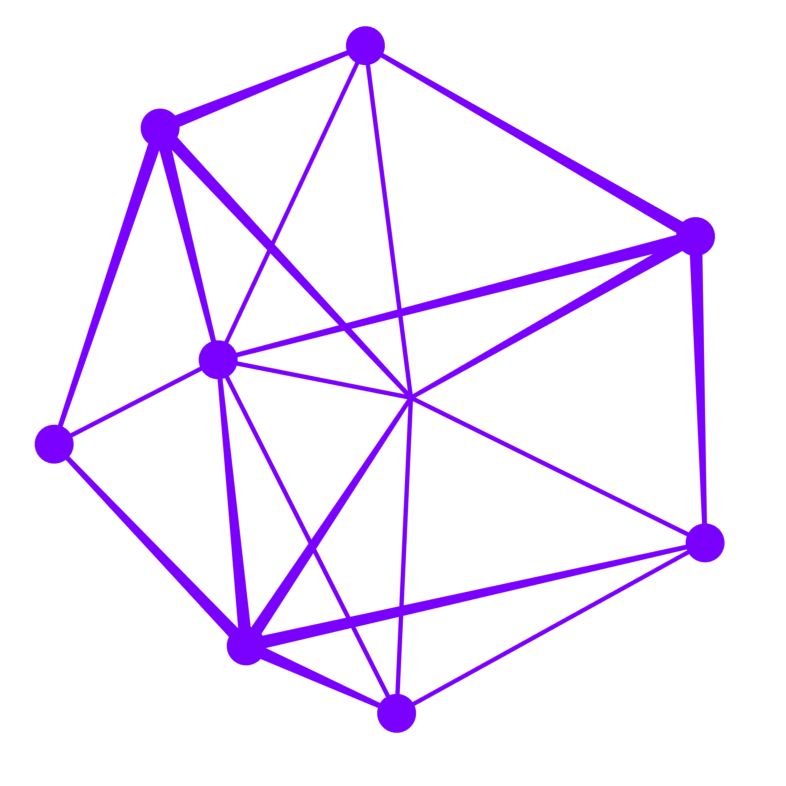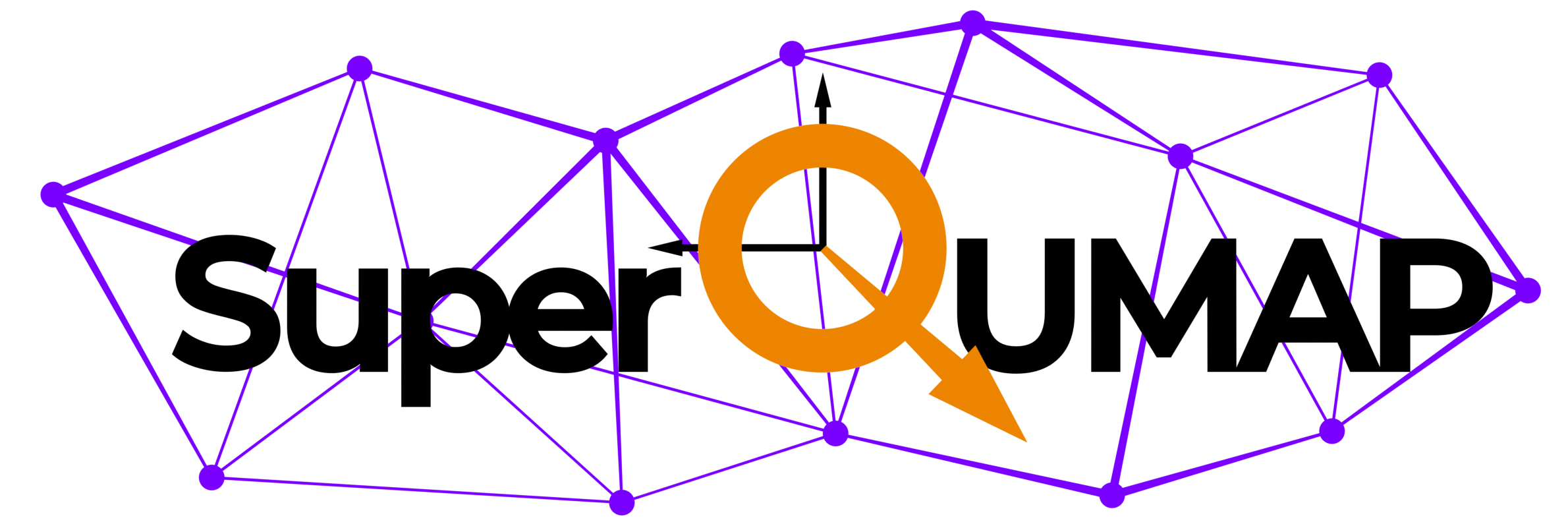Working group 1:
Quantum materials

OBJECTIVE 1
Obtain topological and triplet superconductivity by tuning correlations and the properties at interfaces.
OBJECTIVE 2
Understand the relationship between electronic correlations, magnetism and unconventional superconducting properties.
Description
SUPERQUMAP joins experts in the synthesis and characterization of materials with radically new properties.
The discovery of superconductivity and correlated insulating states in twisted bilayer graphene has opened a flurry of activities in related van der Waals materials. Suddenly, the creation of structures consisting of single layers of different materials acquired a twist with the potential to obtain highly tunable and completely novel behavior. This activity suggests the idea of “designer” heterostructures, or “designer quantum materials”. By characterizing and controlling the interaction among different layers, or the interaction between monolayers and a substrate, one can envisage creating materials with certain properties. Interesting examples include strongly increased critical temperatures in FeSe or Ising superconductivity in transition metal monolayers. In SUPERQUMAP we will explore novel designer materials. We will combine superconducting and ferromagnetic layers and study their associated band structure, static magnetic properties and spin fluctuations. For instance, transition metal dichalcogenide layered structures can transit into a topological phase with a controlled twist angle. The large band gap will allow hosting quantum spin Hall states at high temperatures, which can be investigated by combining transport and scanning microscopy studies. Furthermore, we will address alternative routes to obtain moiré physics in layered topological insulators. These consist of structures including multiple molecular layers to obtain a functional “single layer” system and are thus difficult to approach using traditional materials design techniques. In that case, instead, the application of strain will naturally produce buckling, which in turn will induce a moiré pattern and a modification of the fundamental properties. Density functional (DFT) calculations show that the Dirac cone is preserved for a topological insulator, as Bi2Se3, but that van Hove singularities arise in the band structure. We expect that engineering of moiré instabilities in topological insulators will lead to surface magnetism and topological superconductivity. On the other hand, Bi-based high-quality topological insulator thin films with optimized thickness and doping in the thin films, present an inter-surface coupling which can be controlled by electrical gates. This coupling can open the gap in the bulk of the material and drive the system in to (quasi-) 2D topological insulator phase. Thus quantized helical edge states can form.
We will use spin- and angle-resolved photoemission to directly identify topological features in the band structure and characterize changes in their spin texture due to interactions with magnetic impurities. Combined with control over the light helicity this technique can also determine the momentum-resolved spin singlet and triplet contributions to the superconducting states. Furthermore, recent advancements allow to explore the influence of correlations on quantum time scales and thus offer a novel approach to superconducting quantum phenomena. The collaboration between spectroscopy experts, material scientists, and theorists creates the basis for the development of novel approaches that give insights in superconductor characteristics and its interplay with topology and spin.
We will work towards a more comprehensive understanding of the interactions at the interface between a semiconductor and a superconductor, addressing the novel phenomena appearing when using magnetic semiconductors. Furthermore, we will address the fundamental properties of Andreev states formed by magnetic atoms at surfaces of superconductors. We will measure the tunneling characteristics of advanced semiconducting-superconducting devices and make experiments using scanning microscopes around magnetic impurities in a superconductor. This will lead to a better understanding of the electronic band structure at the interfaces, enabling collaborative work between materials scientists, tunneling and transport experiments and modelling. We will also study intensively quasiparticle excitations inside vortices, particularly in systems where superconductivity has a strong interplay with magnetic correlations, electronic order or in presence of spin-orbit coupling. This will help identifying even/odd frequency and singlet/triplet pairing components.
On the other hand, an improved control over the superconducting ground state in intermetallic as well as in strongly correlated electron systems allows synthesizing new ferromagnetic superconductors. The prime and most topical example is UTe2, which is on the border of a ferromagnetic instability and has all ingredients required for triplet superconductivity. The bulk presents amazing phase diagrams, with a highly anisotropic behavior under magnetic field, related to the magnetic anisotropy. The surface presents indications for chiral superconductivity. This material being a heavy fermion, there is a strong renormalization of the band structure, due to the presence of large f-electron entropy in the conduction electron bath at low temperatures. This produces nearly flat bands, which are highly tunable by the application of a magnetic field. Furthermore, there is probably a large effect of the exchange field on the superconducting properties. We will precisely measure the band structure using microscopic techniques as scanning microscopies or photoemission. There are other ferromagnetic superconductors, some are also based in heavy fermions with a similar prominent role of the exchange field. But in others, as for instance EuFe2As2, the electromagnetic interaction dominates, creating amazing patterns with interwoven magnetic and superconducting structures. Finally, Fe(Se,Te) presents a ferromagnetic surface band structure. Magnetic flux quanta in some of these systems could host Majorana fermions, for which we will visualize these vortices and design schemes to manipulate them. Other systems, such as CaKFe4As4 are being explored in view of unconventional surface properties. We expect major advances thanks to the collaborative work with macroscopic, large-scale facilities, DFT and microscopic superconducting theory.
In addition to naturally occurring heavy fermion systems, we will explore artificial heavy fermions. These can be engineered by combining a van der Waals material featuring local magnetic moments with one featuring delocalized electrons. Recent experiments have demonstrated the emergence of heavy-fermion physics in an artificial van der Waals heterostructure consisting of 1T-TaS2 and 1H-TaS2. In this system, the localized moments are realized by the well-known charge-density wave reconstruction of the 1T-TaS2, which drives this material into a Mott insulating state. We will use this to explore the heavy-fermion phase diagram and target the quantum critical point of the heavy-fermion state. Quantum critical points are known to be an outstanding playground to engineer unconventional and topological superconductivity.
Research in this WG aims at producing superconductors with triplet p-wave Cooper pairs and/or topological properties. Techniques to characterize these systems include transport measurements, macroscopic properties as a function of a tuning parameter like strain or doping, detailed quantum mapping using advanced scanning microscopy techniques, other spectroscopies as photoemission and related techniques and the use of European facilities such as neutron scattering and high magnetic fields.
Some references
- A theoretical description of the new phases of liquid 3He, Rev. Mod. Phys. 47, 331 (1975).
- Photoemission studies of the cuprate superconductors, Rev. Mod. Phys. 75, 473 (2003).
- New directions in the pursuit of Majorana fermions in solid state systems, Rep. Prog. Phys. 75, 076501, (2012).
- Non-Abelian Statistics of Half-Quantum Vortices in p-Wave Superconductors, Phys. Rev. Lett. 86, 268 (2000).
- Coherent coupling between vortex bound states and magnetic impurities in 2D layered superconductors, Nature Communications 12, 4668 (2021).
- Restored strange metal phase through suppression of charge density waves in underdoped YBa2Cu3O7–δ, 373, 1506, Science (2021).
- Competing stripe and magnetic phases in the cuprates from first principles, PNAS, 117, 68 (2020).
- Domain Meissner state and spontaneous vortex-antivortex generation in the ferromagnetic superconductor EuFe2(As0.79P0.21)2, Science Advances, 4, eaat1061 (2018).
- Influence of Magnetic Ordering between Cr Adatoms on the Yu-Shiba-Rusinov States of the β-Bi2Pd Superconductor, Phys. Rev. Lett. 120, 167001 (2018).
- Controlled Generation of Quantized Vortex-Antivortex Pairs in a Superconducting Condensate, Nano Lett. 17, 5003−5007 (2017).
- Direct observation of melting in a two-dimensional superconducting vortex lattice. Nature Phys. 5, 651 (2009).
- Nanoscale strain-induced pair suppression as a vortex-pinning mechanism in high temperature superconductors, Nature Materials 11, 329 (2012).



